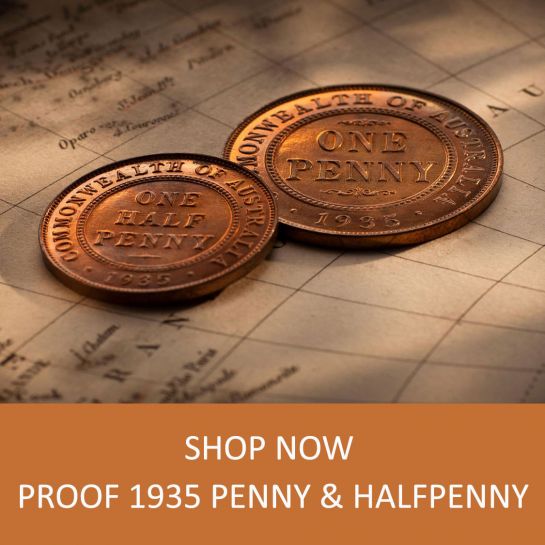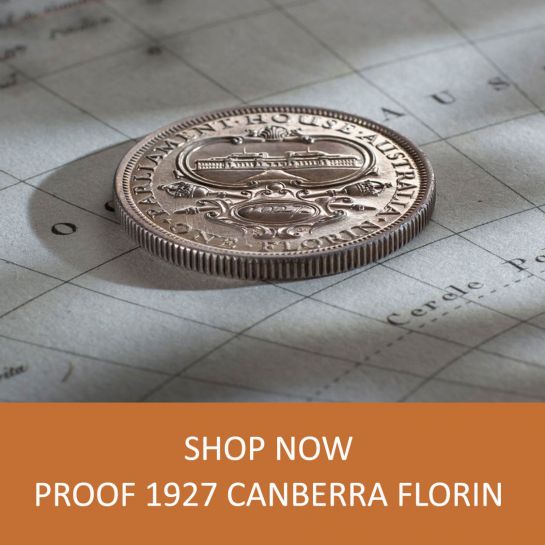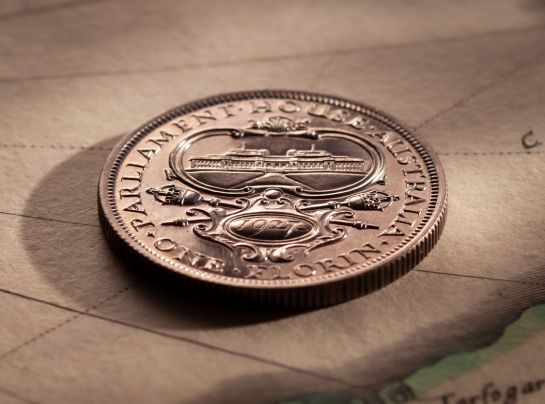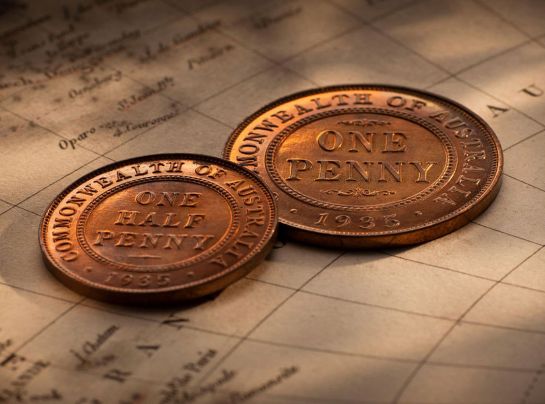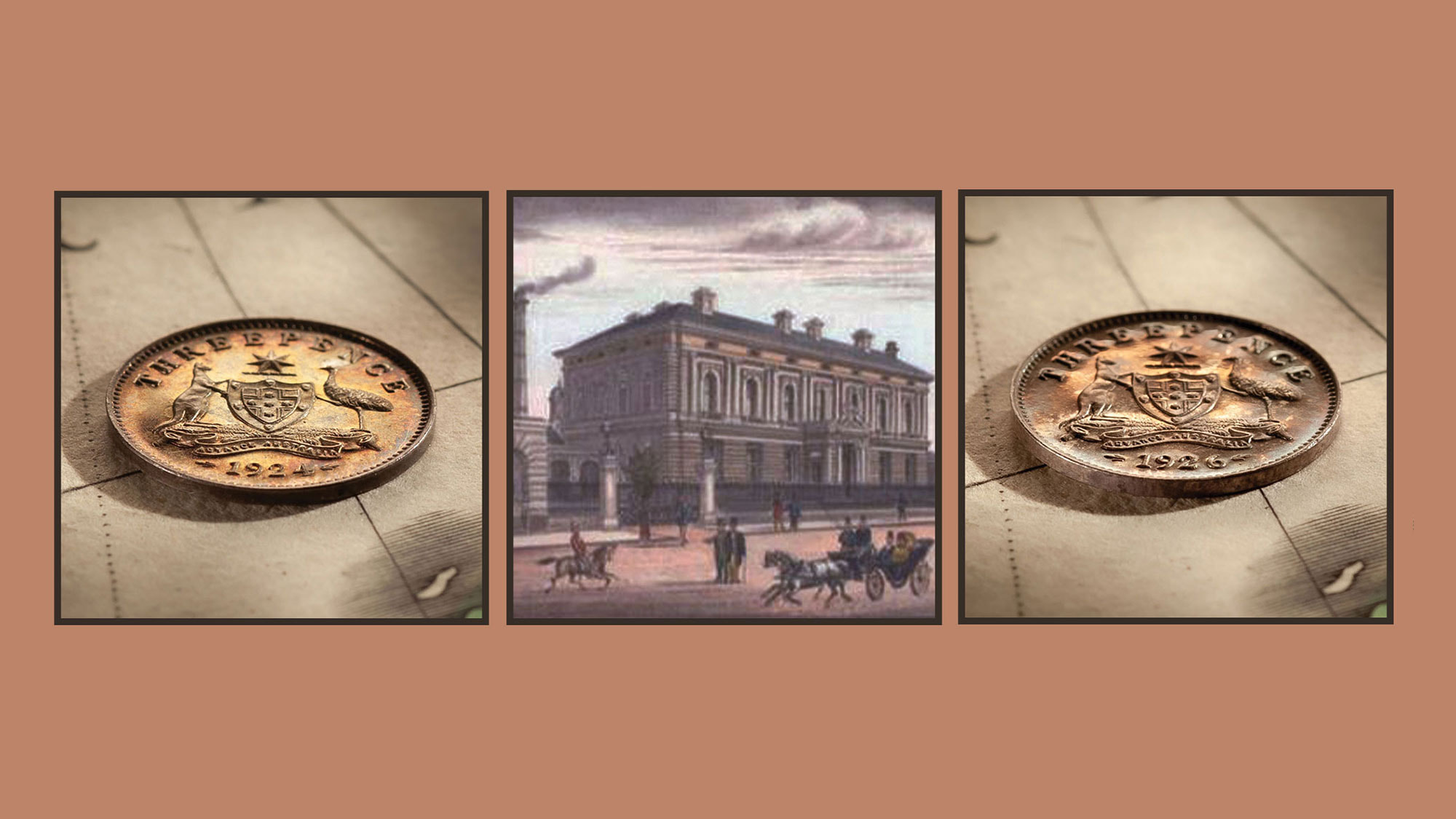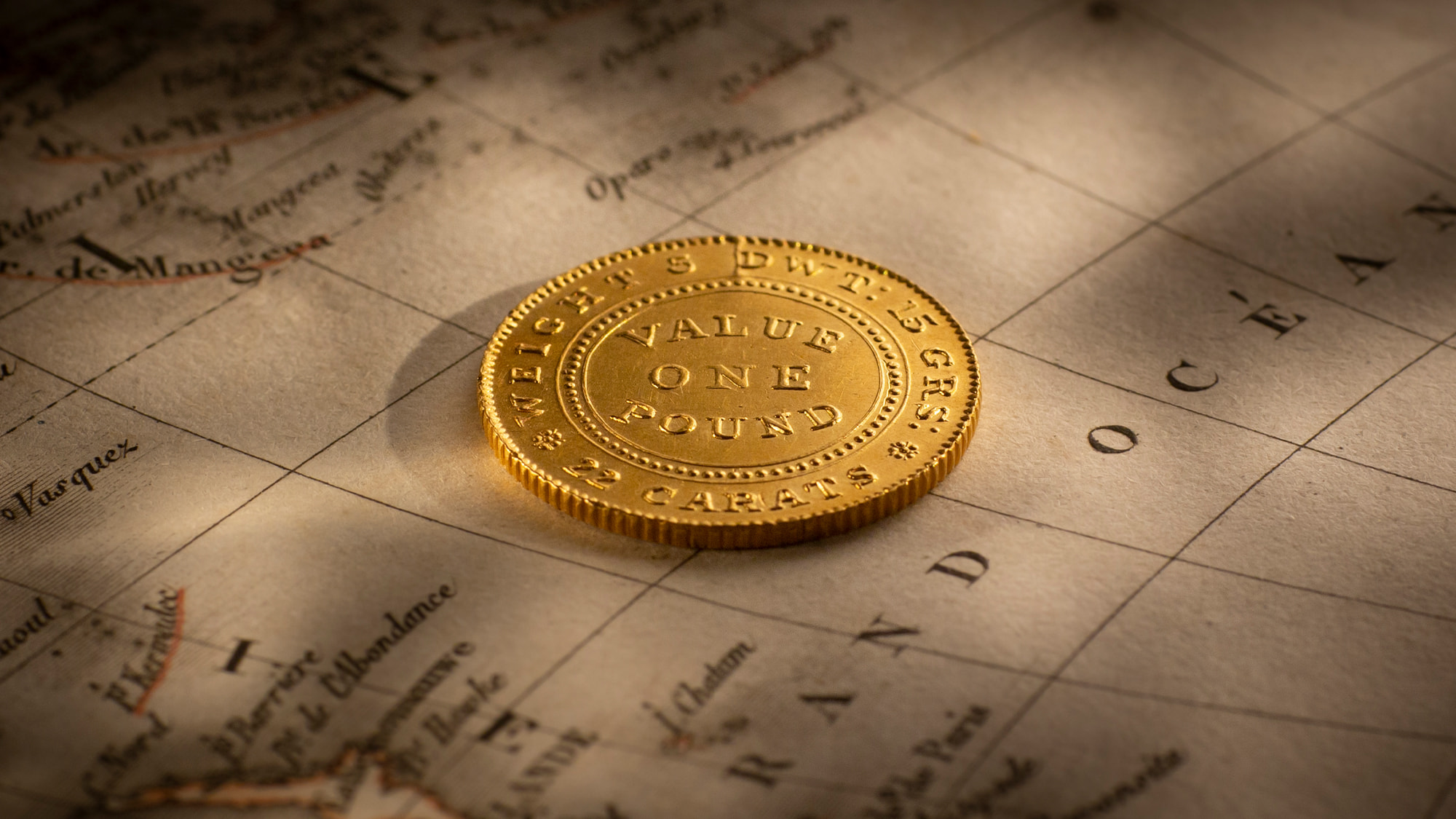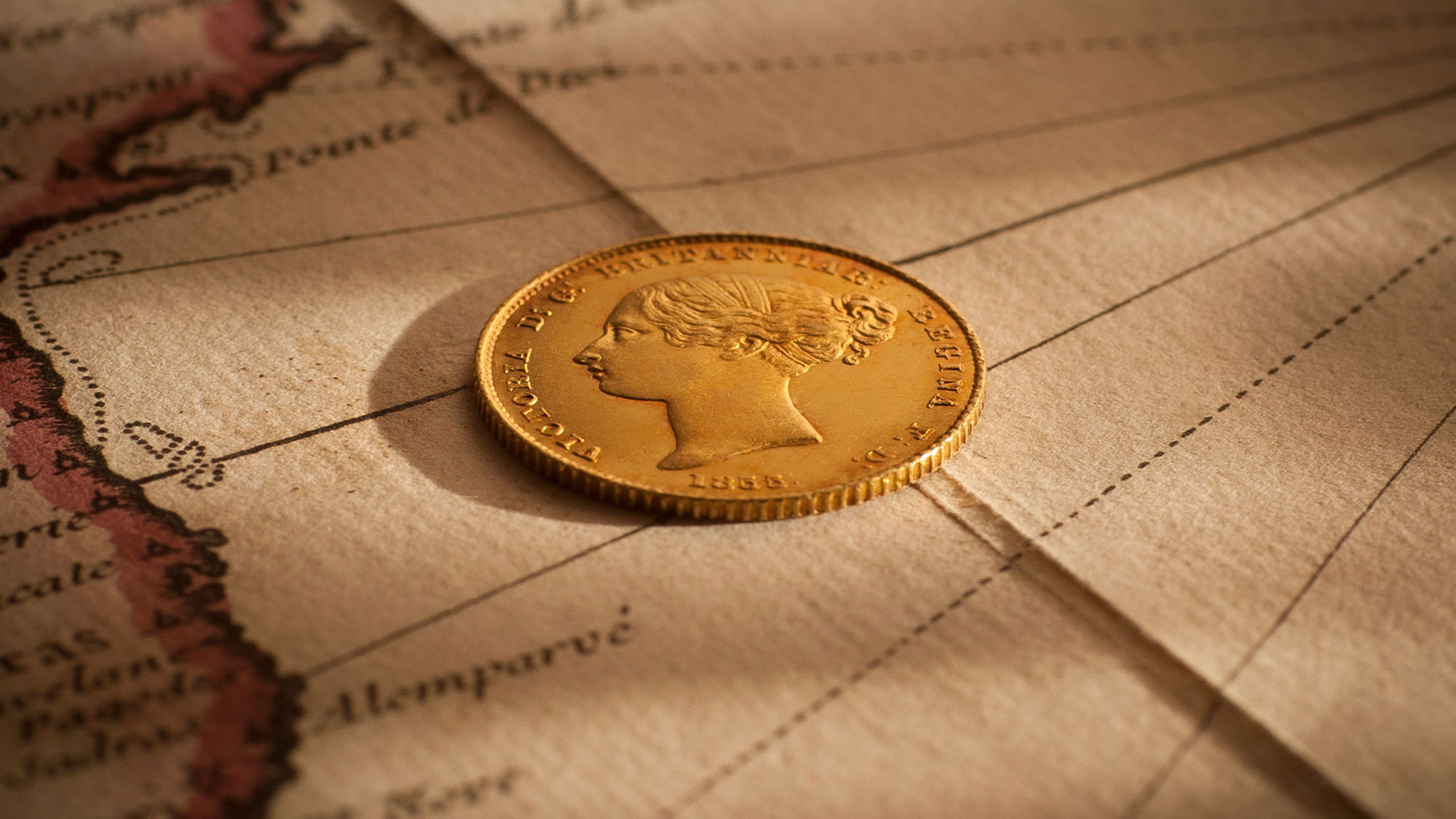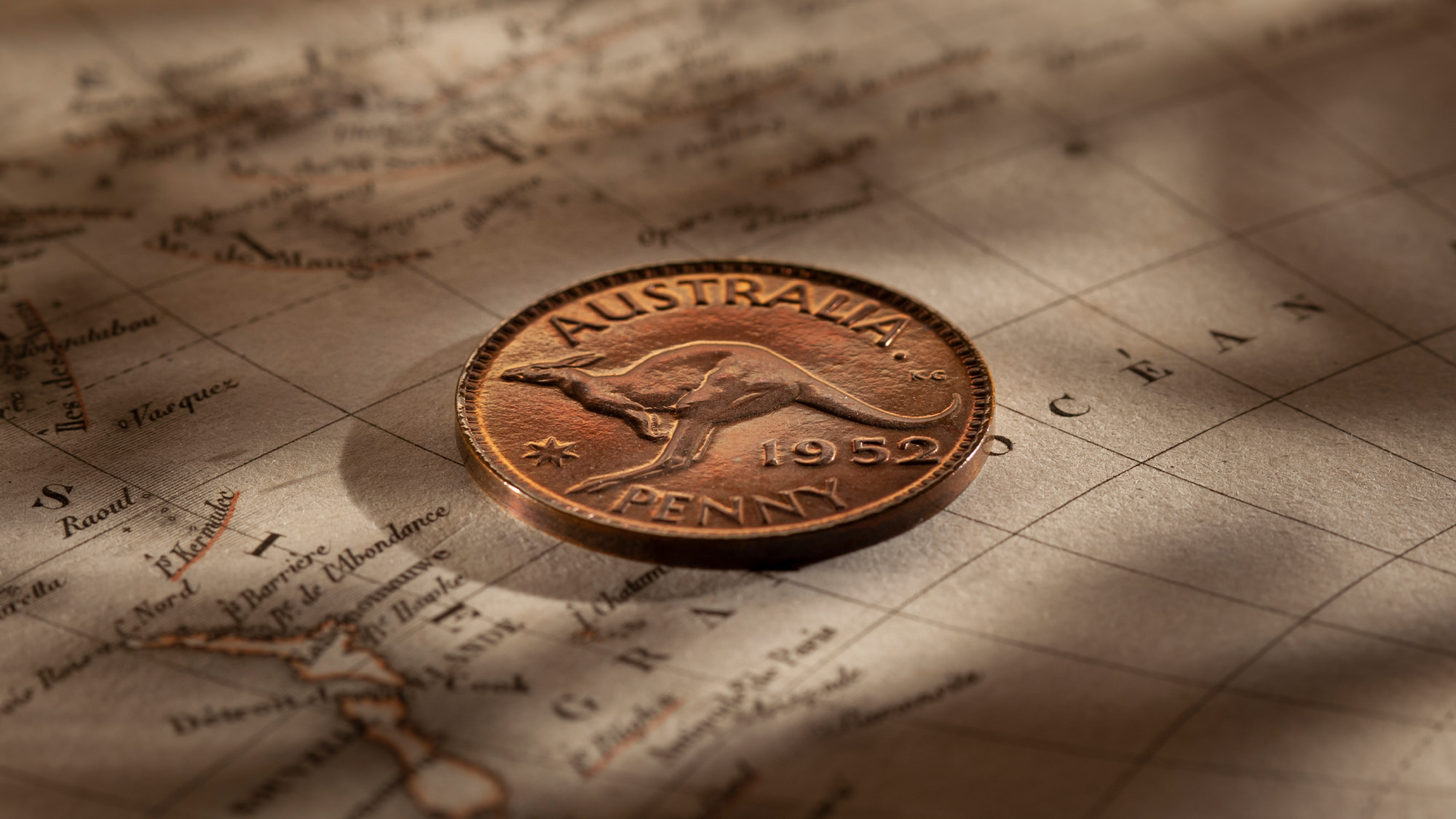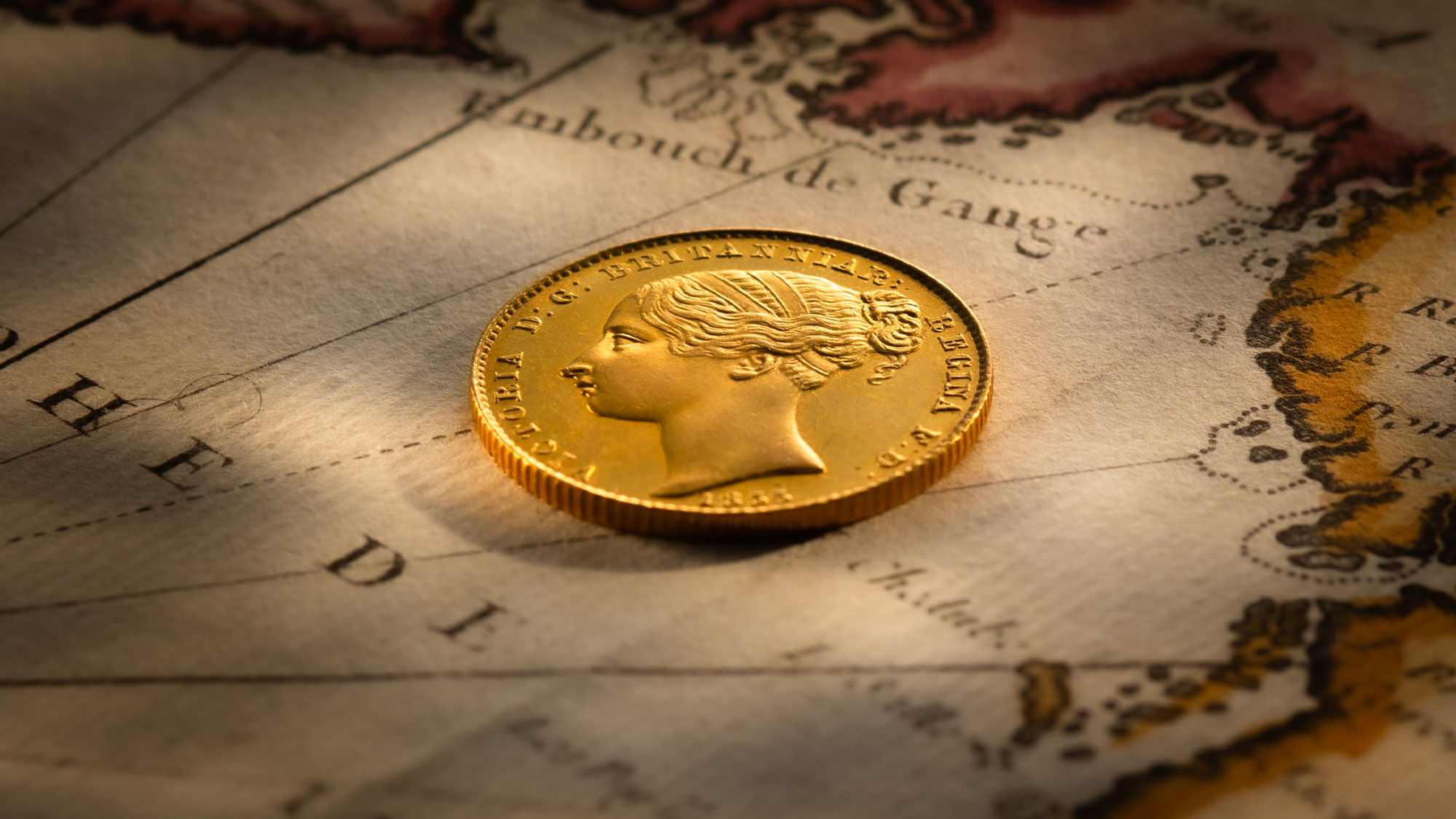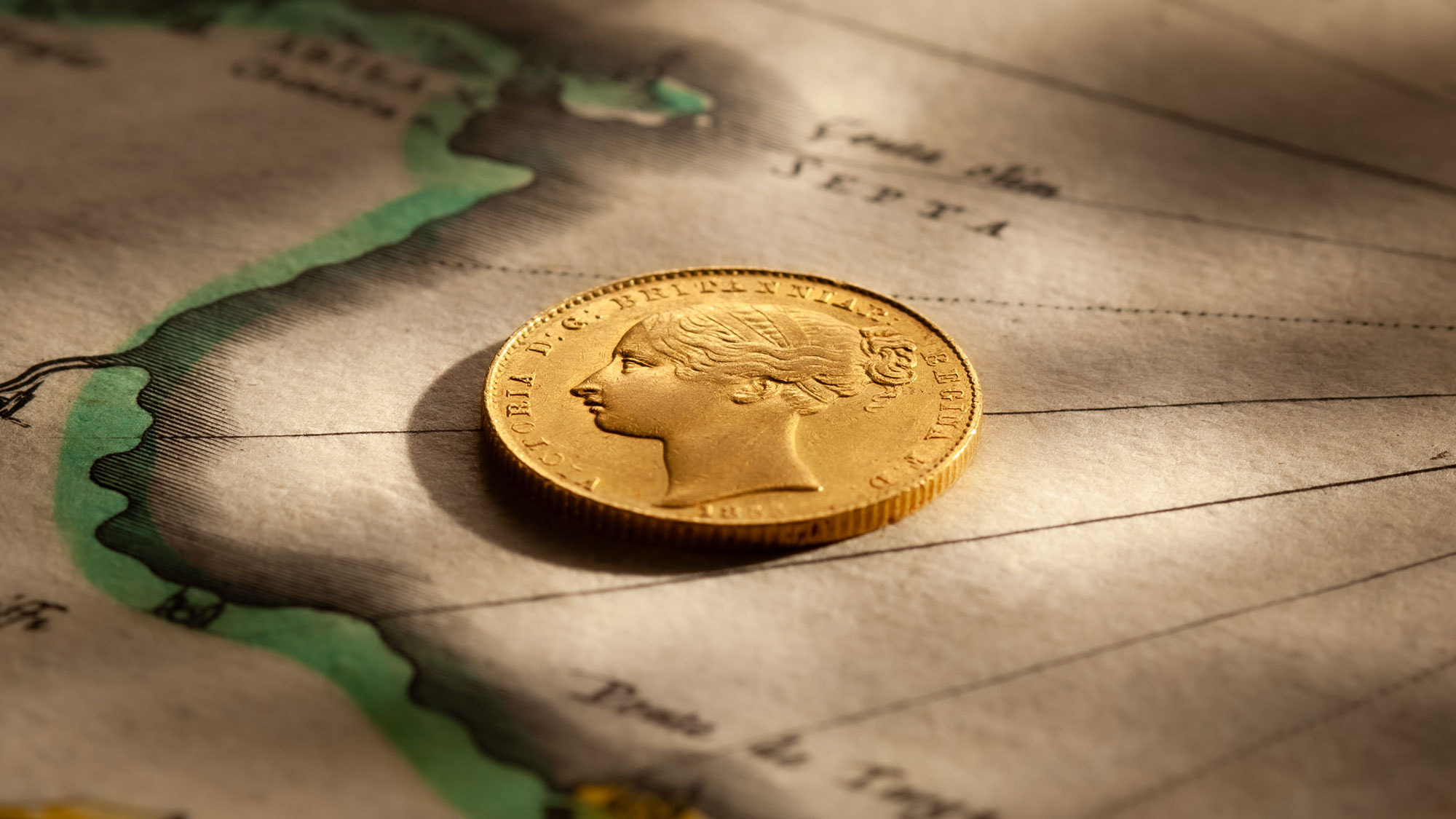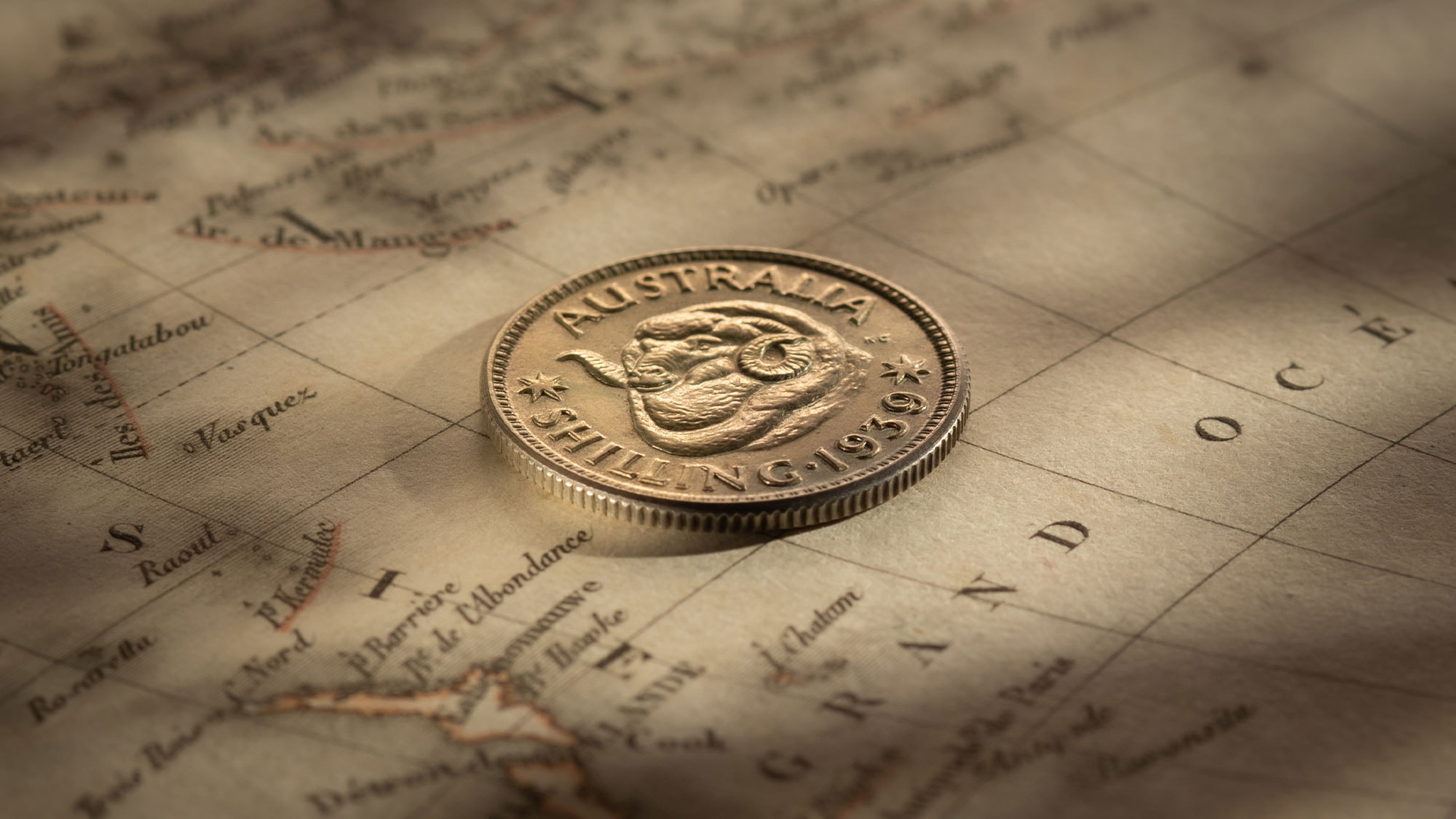Numismatic Influencers • Coins from the Melbourne Mint that made History (1916 to 1953).
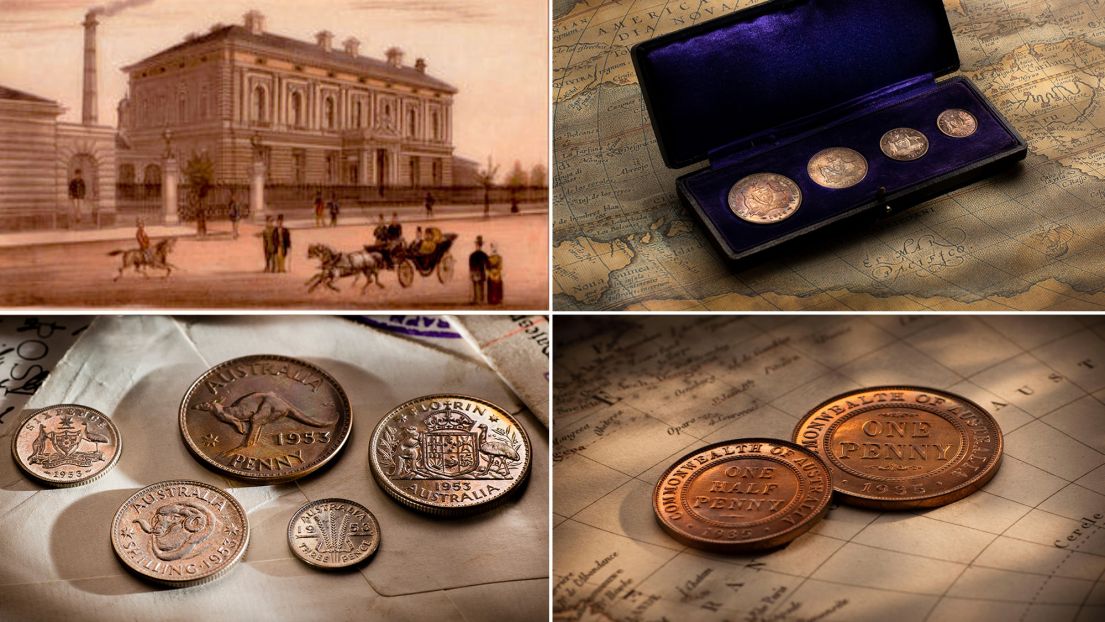
The 1916 Presentation Set. The 1953 Chase Manhattan Set. And the Proof 1935 Penny and Halfpenny. (Shown above)
These Melbourne Mint coin issues - and five other issues struck in 1927, 1934, 1937, 1938 and 1939 - were pivotal in changing Australia's coin collecting landscape in the twentieth century.
Buying your favourite collector coin in 2023 from the Royal Australian Mint has never been easier with on-line ordering and toll-free phone numbers.
Our Mint in Canberra is today geared to the needs of collectors. The coins sold are part of an on-going collector coin program that is commercially viable. It is a win-win. Collectors are happy pursuing their hobby. And it is a profitable exercise for the mint.
Collectors in the nineteenth and twentieth century were not afforded the same consideration from the operating mints.
The Sydney Mint opened in 1855 as a branch of the Royal Mint London and closed in 1926. Throughout its entire history, the mint did not strike proofs for collectors on a commercial basis.
The Melbourne Mint, Australia’s second coining facility, opened in 1872. During its first forty-four years of operation, the mint did not strike coins for collectors on a commercial basis.
The Melbourne Mint’s first commercial foray for collectors occurred in 1916. And the issue was extremely restricted with nearly fifty per cent of the entire mintage of sixty, gifted to dignitaries.
So, what was so special about 1916?
In 1916 the Melbourne Mint commenced striking the nation’s Commonwealth of Australia silver coins, the florin, shilling, sixpence and threepence. The mint churned out more than eleven million pieces during its first year of silver coin production, the silver sourced locally from the Broken Hill mines.
To commemorate its inaugural striking of Australia’s Commonwealth silver coinage, the Melbourne Mint especially created a presentation set of the florin, shilling, sixpence and threepence struck to superb specimen quality. The four coins were cased in a royal blue velvet lined case that was locally sourced.
While records show that sixty sets were produced, only sixteen were sold, collectors charged 6/- for a cased set. A further twenty-five sets out of the original mintage were presented to dignitaries and politicians with the precise fate of the remaining sets unknown but assumed melted down.
Sadly, for collectors, the issue of the 1916 Presentation Set did not set a precedent for further coin issues. Government policy dictated that minting resources be applied to the striking of circulating coins for Treasury, rather than pandering to the whims of collectors through the regular issuing of proofs.
Over the next thirty-eight years, from 1916 to 1953, the Melbourne Mint played ‘cat and mouse’ with collectors by releasing only eight proof and/or specimen issues. The issues were ad hoc. The mintages were inconsistent.
The reality was this period represented a testing phase for the Melbourne Mint and the Government to assess the reaction to, and the profitability of, regular collector coin production.
We refer to the series as ‘The Collector Coins of the Melbourne Mint, 1916 to 1953’.
The chart below indicates the collector issues that were struck between 1916 and 1953 and the mintage. The mintage figures have been determined from the mint's historical records including letters and sales ledgers.
• 1916 4-coin Specimen Set • 60
• 1927 Proof Canberra Florin • 400
• 1934 6-coin Proof Set • 50
• 1935 Proof Pair • 125
• 1937 Proof Crown • 100
• 1938 Proof Crown • 52
• 1938 6-coin Proof Set • 68
• 1939 Proof Halfpenny • 40
• 1953 5-coin Specimen Set • 12
There is an expectation that Coinworks will always provide high-quality rare coins 'at the drop of a hat'. That we will always have access to top quality material.
While it is true for many coin rarities, in the case of the coins from the Melbourne Mint Collector series, finding them (particularly in top quality) is a formidable task.
• Our most recent sale of a 1953 Chase Manhattan Set was in 2011.
• A 1916 Presentation Set in original case of issue was sold in in 2020.
• A Gem FDC Proof 1927 Canberra Florin was also sold in 2020.
• The Proof 1935 Penny and Halfpenny we have available is unprecedented for quality. It is brilliant!
And all of these stunning rarities are available now.
History of the 1916 Specimen Presentation Set
Early in November 1915 the Melbourne Mint was formally instructed to commence preparations for the striking of the Commonwealth's silver coinage. The Royal Mint London prepared the dies. The silver was sourced locally from the Broken Hill mines.
In January 1916, the Governor of Victoria Sir Arthur Stanley K.C.M.G, struck the first circulating 1916 shilling. The florin was struck almost immediately after, sixpences by the middle of 1916 with the threepences minted later in the year. In total, the Melbourne Mint issued more than 11.5 million silver coins into circulation in 1916.
To commemorate its inaugural striking of the Commonwealth of Australia’s silver coinage, the Melbourne Mint especially struck a presentation set of the four coins, each piece struck to superb specimen quality. The four coins, the florin, shilling, sixpence and threepence featured the Commonwealth Coat of Arms and showed the Melbourne mint mark ‘M’ below the date 1916.
They were housed in a handsome, velvet-lined royal blue case that had been locally sourced.
While records show that sixty sets were produced, sixteen were sold, collectors charged 6/- for a cased set. A further twenty-five sets out of the original mintage were presented to dignitaries and politicians with the precise fate of the remaining sets unknown, but assumed melted down.
What we do know is that many of the cases have been lost and many of the sets have been broken up and sold as individual coins. We also know that others were accidentally used as circulating coins, their value irreparably reduced through wear. Over the past half century we have sighted only seven complete cased sets on the open market. Including the set shown above which is available now.
History of the Proof 1927 Canberra Florin
Collectors that were anticipating another coin release to follow on from the 1916 Presentation Set were sadly disappointed. The set did not set a precedent for further coin issues.
Eleven years elapsed before a second 'collector' coin was issued in 1927, the Proof 1927 Canberra Florin.
The Canberra Florin was minted for one of the most significant events in Australia’s journey to nationhood, the opening of the nation’s first Parliamentary buildings in the national capital.
Officiated by the Duke of York (later King George VI), the formal opening of Parliament House was broadcast to more than one million people via radio stations in Queensland, New South Wales, Victoria and South Australia. The Proof 1927 Canberra Florin was sold to collectors for 2/- 6d, a sixpence premium over its face-value.
While Melbourne Mint records show a mintage of 400, it is generally accepted that the issue was not a sell-out and a significant number of proofs were melted down after failing to find a home.
According to respected author Greg McDonald, the actual figure could be as low as 150. We concur with his view. We would expect to sight one, perhaps two, high quality Proof Canberra Florins annually. And this superb Gem FDC Proof Canberra Florin (shown above) is available now.
History of the Proof 1934 six-coin Set
The Royal Australian Mint opened on 22 February 1965, almost one year ahead of decimal currency changeover. The mint issued its first circulating coinage for C-Day (changeover day) on 14 February 1966. In the same year, the mint struck its first decimal proof set to sell to collectors. Issued in a blue case, the mintage was 18,110 and the issue price, $12.50.
Apart from the years 1967 and 1968, the mint has issued Proof sets annually, each new release met with a great sense of anticipation and excitement.
While there was a perception that the 1916 Presentation Set might have been followed by a 1917 Set ... coin collectors had to wait until 1934 for the Melbourne Mint to issue its very first Proof Set of Australia's circulating coinage. And the reality was the set only came about because of the involvement of New Zealand numismatist, Henry George Williams who guaranteed sales of the entire mintage of fifty sets.
The set was comprised of six coins, struck to proof quality, the florin, shilling, sixpence and threepence and the penny and halfpenny, each coin depicting the monarch George V.
Williams sold the six-coin proof set for 6/-6d, almost double its face value.
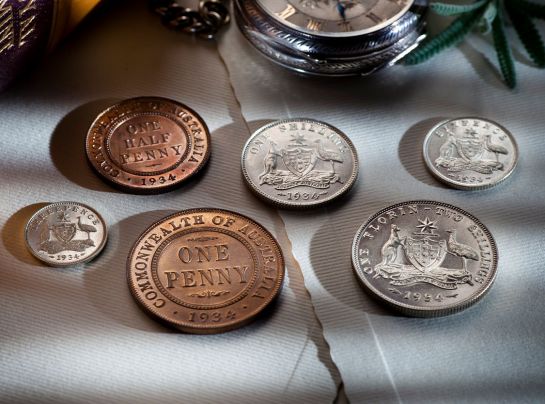
Natural attrition has taken its toll on the original mintage with many of the sets broken up and individual coins sold-off making a complete set of the highest rarity. We would expect to sight a complete Proof 1934 Set on the open market every six to seven years.
History of the Proof 1935 Penny and Proof 1935 Halfpenny
The pride and satisfaction associated with owning a special coin is markedly enhanced with knowledge of both the people associated with its production. And the previous owners through whose hands it has passed.
New Zealand numismatist, Henry George Williams played a key role in persuading the Melbourne Mint to issue proof coins on a commercial basis in 1934. And again in 1935.
Williams was captivated by the golden-eye appeal achieved by the Melbourne Mint with their proof coppers and ordered 126 pairs. That Williams did not request the minting of any proof silver coins in 1935 reflected his personal preference and his insight into the market, that demand for the bronze coins far outweighed that for the silver.
As the photos reveal, the strike detail and the finish of the coins is unsurpassed by any other proofs out of the George V era.
Historical letters confirm that the proofs of 1934 and 1935 were struck from especially hardened blanks, and were struck twice with fresh dies in the presses.
The lack of bag marks is consistent with the coins being made effectively by hand.
Natural attrition has taken its toll on the original mintage with many of the pairs broken up and individual coins sold-off. We would expect to sight a matched pair on the open market, perhaps once every year. The pair shown above is available for sale and the quality is unprecedented. Full brilliant mint red!
History of the Proof 1937 Crown
When Edward VIII abdicated the British throne in 1936, currency issues throughout the world were thrown into chaos. The Australian Government had planned to launch new coin designs to coincide with Edward’s coronation, but the strategy had to be scuttled due to Edward's abdication.
To distract from the pandemonium, the Australian Government issued its first five-shilling piece, the 1937 Crown, depicting the portrait of the new king, George VI, Edward’s brother.
One million crowns were issued by the Melbourne Mint for circulation. (As circulating currency, the crown proved extremely unpopular, simply due to the sheer size of the coin and its weight.)
The mint also struck one hundred Proof 1937 Crowns especially for coin collectors.
As a collectible, the Proof 1937 Crown was an instant success, the mintage of one hundred a complete sell-out. Whereas the coin's bulk was a hindrance when it was used as currency, the size worked to the mint's advantage in the creation of a proof coin, the majestic design offset by an expanse of brilliant silver mirror fields.

Natural attrition has taken it toll on the original mintage of Proof 1937 Crowns with coins being mishandled or pieces simply lost into circulation. We would be lucky to sight one quality example on the market annually.
History of the Proof 1938 seven-coin Set, including the coveted Proof 1938 Crown
The Melbourne Mint was commissioned by Treasury in 1938 to strike the full range of Australia’s circulating coinage, the four silver coins of florin, shilling, sixpence and threepence and the copper penny and halfpenny.
The Melbourne Mint also struck a crown in the year 1938.
The coins featured the new monarch, George VI and introduced new designs for the penny, with the bounding kangaroo. The shilling with the ram’s head. And the ears of wheat on the threepence.
The year presented some joy for collectors in that the mint was allowed to strike proofs of those coins it was striking for circulation. All proofs, irrespective of their denomination were sold at a shilling premium over their face value.
But, the joy was short-lived. There was a catch. Collectors could not front up to the mint and buy a set of proof coins. (The very reason why the mintage is not specified in the above chart.)
Proofs were only struck - and sold - during the normal production run of circulating coins. A collector that wanted a complete set had to wait the entire twelve months to piece together the seven proof coins, the assumption being that a particular denomination had not sold out before the collector's order could be fulfilled.
To complicate the matter further, a collector could pick up a single coin at the mint. But how did you know when to front up? And orders by mail had to be a minimum of six of any denomination.
An examination of the Mint's accounts shows that the proof threepence was the only coin that sold out of its mintage of 100. The recorded sales of the other 1938 proof coins is shown below. Shilling (94), Penny (94), Florin (80), Halfpenny (78), Sixpence (68), Crown (52).
The marketing strategy of the mint coupled with the imbalance in the number of coins sold means that proofs of 1938 quite often come onto the market as individual pieces rather than as a complete set.
We would sight a complete Proof six-coin 1938 Set on the market, on average, every three to four years.
In a letter dated 16/3/1939, the Mint Master of the Melbourne Mint confirmed that one hundred Proof 1937 Crowns had been issued, but only eighteen of the Proof 1938 Crowns. Subsequent sales took the final mintage of the Proof 1938 Crown to fifty two.

The Proof 1938 Set comprised of the penny, halfpenny, florin, shilling, sixpence and threepence.

While the anticipated mintage of the Proof 1938 Crown was one hundred, the mint's policy was to re-melt unsold stock and it is likely that the bulk were destroyed given their extreme rarity in today's market. The Proof 1938 Crown becomes available to collectors every five to six years.
History of the Proof 1939 Halfpenny
The Melbourne Mint was given approval in 1955 to commence issuing proof sets of those coins it was striking for circulation and sell them to collectors.
The last public issue before the series began in 1955 was that of the Proof 1939 Halfpenny. The coin featured a new design, that of the bounding kangaroo and was issued at the Melbourne Mint under the same regulations as the 1938 pieces, 100 were struck and offered for sale at a shilling premium over face value, 1/ 1/2d.
With the outbreak of war, the mint gave no regard to the sale of its proof coins. Records indicate that none were sold in 1939 yet by November 12 1941 no proofs were recorded in the mint's inventory.
Those unsold, had probably been destroyed.
History records final correspondence between the Melbourne Mint and Henry George Williams regarding the newly designed 1939 Halfpenny. Williams had placed an order for fifty Proof 1939 Halfpennies, but records do not reveal if any were delivered.

We would expect to sight a Proof 1939 Halfpenny on the open market every four to five years.
History of the 1953 Chase Manhattan Set
The 'Chase Manhattan' Presentation Set is comprised of five coins, the penny, florin, shilling, sixpence and threepence.
Each piece was struck to specimen quality, depicting the new monarch, Queen Elizabeth II, in her coronation year.
The sets were struck to order, the request placed by the Chase Manhattan Bank in New York for their Currency Museum and only twelve sets were prepared.
All were exported overseas.
No sets were struck for the Australian collector market, meaning that this is the only Australian issue to mark the 1953 coronation of Queen Elizabeth II.
Four Chase Manhattan Sets have been sighted over the last fifty years, the first sighting at Spink & Son Melbourne Auction in 1975.
The 1953 Chase Manhattan Set shown above was sold to a Melbourne collector in September 2002 and is available now.
Shop Coinworks
© Copyright: Coinworks
